When you adopt an older dog, you're also adopting the baggage of their life up until they had the good fortune to meet you. You're doing a great deed by taking them in, but their unknown past might make it difficult to move forward in their training.
Dog training and socialization are delicate processes made even more complicated by unknown histories. Each dog's personality is unique; some are naturally anxious, some love everyone and everything. If you're trying to socialize an adult or rescue dog, read below for helpful insight.
Has Your Dog Been Properly Socialized?
How can you tell if your older dog has been adequately socialized? Sometimes it's obvious, and in other cases, it's a puzzle. Here are some of the common ways to tell if your dog isn't adequately socialized:
Generalized and Separation Anxiety
Does your dog do alright at home alone with you but becomes anxious when you try to take them on a walk or in the car? Do they become upset when you try to leave them alone? Do new and unfamiliar places induce an adverse reaction from them?
These are signs that your dog may not be properly socialized. Their inability to try new things or be left alone may signify their fear of running into other dogs and people.
Barking, Growling, and Other Signs of Aggression
Improperly socialized adult dogs or puppies typically show their discomfort around other dogs and people by barking or growling. Does your dog flip out when they see someone walk by the house (especially with another dog)? Do they growl at the sounds of people or dogs even when they can't see them? Or perhaps they react negatively to the sound of barking on your television.
Many people perceive these signs as their dog protecting the home. Our pets can certainly act as loyal watchdogs, but canines that aren't adequately socialized react this way as a defense mechanism. The aggressive tendencies are meant to scare unfamiliar dogs and people away. The dog is afraid of strangers coming too close. This behavior can be problematic in the home, but it's even more troublesome on walks or at a park.
Pay attention to your dog's body language during these interactions. Generally, an unsocialized dog that charges toward another canine isn't trying to play. At first, it may seem like your dog is gearing up for a fun scuffle. In reality, they are trying to scare the other dog out of their space.
Fear of Unfamiliar Objects
Some unsocialized dogs exhibit fear when faced with seemingly ordinary objects. Things such as stuffed animals, vacuum cleaners (even when turned off), and ceiling fans have been known to cause poorly socialized dogs to feel stress.
Remember, an adopted older dog's past is partially (and sometimes entirely) shrouded in mystery. Before punishing your pet for acting silly, consider that something from its old life may be triggering fear in those moments.
When your dog exhibits any of the above-listed behaviors, scolding your dog may only worsen the situation and make it difficult for them to build trust with you.
Is It Too Late to Socialize Your Dog?
Typically, a puppy should be socialized beginning at ten weeks old. These initial weeks are the fear imprint stage of their development.
During this phase, the puppy is continually forming new associations, and they're sensitive to harsh or hostile interaction. Throughout this time, it's essential to show them plenty of affection and introduce them to new dogs, experiences, and people in a positive, comforting manner.
Suppose an older dog didn't have positive experiences during their fear development stage. In that case, they're likely to show fear and misunderstanding when faced with unfamiliar objects, people, and dogs later on. If they weren't able to form positive associations, all they know is to react defensively or aggressively.
So you're probably wondering what, if anything, can be done to socialize an adult dog. While it can be challenging, it certainly isn't impossible. It requires patience, a calm temperament, and a fair amount of treats.
Difficulties of Socializing an Older Dog
Socializing older dogs is difficult due to the way puppy brains develop. At only 16 to 20 weeks of age, your puppy's brain is ≈ 80% developed.
If your new furry friend wasn't socialized from the time they were ten weeks old, it becomes challenging for them to accept new dogs, people, and experiences. Try to keep that in mind when adopting and training an adult dog.
It isn't your dog's fault they're afraid and react aggressively to perceived threats, and it isn't your fault if they prove difficult to train. Adult dog behavior traces back to their cognitive development.
Similar to elderly humans, older dogs are set in their ways. It won't be easy to change their minds about experiences that have been set in stone for them as terrifying. While it's easy to expect an older dog to feel happy and grateful for a new, loving home, it typically takes months of hard work.
How NOT to Socialize an Older Dog
Older dog socialization is a delicate process, and too much too soon can make the situation worse. Here are some things to avoid when embarking on the socialization process:
Reprimanding
Harsh punishment is a no-no for poorly socialized dogs. If your dog tugs on their leash, trying to get at other dogs, refrain from yanking them back or yelling.
Remember, your dog isn't lunging because they want to play; lunging is a defense mechanism. Your furry friend is likely already afraid, and chastising them will make them feel worse.
Throwing Them in the Deep End
As we've discussed, an unsocialized dog often reacts to new people and other dogs with fearful aggression. Bringing them to a dog park and immersing them in an ocean of fear-triggering stimuli is not a good idea. When starting socialization, avoid dog congregation areas.
Only Relying on Professional Training
While it is crucial to utilize a professional trainer during the socialization process of older dogs, don't expect them to completely take care of the problem for you. Your adopted dog already missed out on bonding with you during the critical stage (9-12 weeks) of their cognitive development.
Your new friend can't only socialize with the trainer and the other dogs in their class. They need to trust you and learn that you'll keep them safe during social interactions when they feel afraid.
Not Knowing Your Dog
Before you take your older dog out and about to experience the world, you need to get a sense of their personality.
Most importantly, you need to know how they react in social situations, their triggers, and their body language. This information is essential to help your pet navigate new situations and prevent them from getting overwhelmed too quickly.
How to Socialize an Older Dog With Other Dogs
Socializing an older dog with other canines is often taxing for everyone involved. You, your pooch, the dog your pet is reacting to, and that dog's owner are all suddenly on high alert. There's barking, tugging, and tension you could cut with a knife.
So what can you do to help make this process easier for everyone, especially for your sensitive older dog? Here are a few tips for owners to keep in mind:
Introduce New Dogs One at a Time
As we mentioned, bringing your unsocialized dog to a dog park is an overwhelming place to start. Instead, try to set up interactions with neighbor's or friend's dogs one at a time. As your pet gets accustomed to meeting individual dogs, you can begin introducing them to two or three new dogs at a time.
Once they've had a couple of those interactions, you can try bringing them to the outskirts of a dog park to help get them used to the sights, sounds, and smells of an area where many dogs congregate. Eventually, you should be able to bring them into the dog park on a leash.
Body Language and Building Trust
Make sure to monitor your dog's body language throughout all of those stages. If they're trembling, tugging at their leash, growling, or otherwise reacting negatively, don't push them too far. Removing them from stressful situations is an essential aspect of gaining their trust and also prevents them (or another dog) from getting into a fight.
Positive Reinforcement
One challenging aspect of dog socialization for owners is remaining calm while your pet freaks out. It's instinctual for us to yank them back when they tug on their leash, to snap at them when they bark, or employ a harsh tone to let our pets know their behavior is unacceptable.
That negative reinforcement is not helpful. You must help your dog develop a positive association with other dogs. Here are some tips for positive reinforcement during socialization:
- When approaching a new dog, use your best soothing voice to say your dog's name and tell them everything is okay. Then, as you get closer, give them a treat. Both of these actions will help your pooch associate unfamiliar pets with positive rewards in your dog's mind.
- Show them it's okay to walk away. If you tried a soothing tone and treats but it isn't doing the trick yet, calmly turn and walk in the opposite direction from the other dog. Again, don't yank your dog away. Instead, gently tug at its leash and continue to use your best soothing tone.
After each and any interaction attempt, reward your dog with treats, cuddles, and belly rubs. This will help the animals form positive associations with the interactions moving forward. It will also help the two of you bond.
How to Socialize an Older Dog With Humans
Socializing your dog with humans is similar to socializing with other dogs. It may actually be easier since you can effectively communicate with humans and tell them how they can help when they're meeting your new dog. Here are some tips for socializing your older dog with people:
Friends First
When setting out to socialize your dog with humans, start by having your calmest, gentlest friends come over every so often. It's essential to expose your dog to people that you trust and feel comfortable around so they can feel comfortable, too.
Since the house is your dog's safe space, it may be a good idea to host the first couple of interactions outdoors. Once your dog is familiar with someone, invite them inside and have your dog lead the way into the house. This will help them feel as if things are happening on their terms.
Advocate for Your Dog
When you see people approaching your dog as you walk, do your best to communicate your dog's needs. Using as calm a tone as possible, call out to the strangers and let them know your dog is still getting used to human interaction, and it would be appreciated if they did not approach.
It may feel kind of rude in the moment, but try to remember that you're responsible for your dog's well-being. Kindly setting boundaries with neighbors and strangers gives your dog time to adjust and relax around them, eventually opening the door for up-close-and-personal interactions. Plus, your friendly dog parent voice is a lot less jarring for people than an unfamiliar dog barking and lunging at them.
Loud and Clear
If nearby strangers make your dog anxious, being petted by them will almost certainly make it worse. To set a non-verbal boundary with unfamiliar people, get your dog a "DO NOT PET" harness. These are multi-functional. The capital, reflective letters are visible from great distances, and a harness is much more gentle on a tugging dog than a classic collar.
Click Here For Other Dog Care Information and Tips!
Pro Tip: Try Using Calming Treats
If you're socializing an anxious older dog, our CBD dog treats may be able to help. CBD (cannabidiol) is a non-psychoactive (won't get your pet "high") cannabinoid from hemp plants. Its natural properties promote relaxation, which can help reduce aggressive behavior.
CBD Dog Treats + Stress & Anxiety
These green apple and peanut butter flavored CBD dog treats have three naturally calming ingredients:
- L-Theanine: naturally derived from tea leaves; reduces stress.
- Chamomile: promotes calming and relaxation; reduces anxiety.
- Hemp Seed Powder: rich in protein and other nutrients; may help reduce nervousness.
CBD Calming Soft Chews
These peanut butter flavored CBD calming soft chews are great for dogs with sensitive teeth. They also contain some powerfully beneficial ingredients for relaxing your dog:
- Tryptophan: boosts serotonin.
- Choline Chloride: balances nerve signals.
- Phosphatidylcholine: improves brain function.
- German Chamomile: calms brain activity.
CBD Oil for Dogs
If your pup is picky, on a strict diet, or requires fast-acting relief, dog-friendly CBD tinctures are a simple alternative. It can be mixed into their favorite food or water and deliver its beneficial properties without your dog ever knowing.
Final Thoughts - Socializing an Older Dog
Socializing an older dog requires a big heart, an even temperament, and a couple of yummy rewards. Give your dog (and yourself) grace during the process. Remember the importance of remaining calm and positive so as not to make their experience any harder.




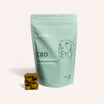


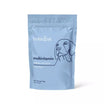
![Probiotics For Dogs [Soft Chews] - HolistaPet](http://www.holistapet.com/cdn/shop/files/Probiotic-Infographic-1_472d7a29-e30c-435a-9638-1365d8c3a9f9.jpg?v=1725384841&width=104)
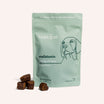





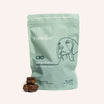






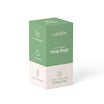

![Socializing an Older Dog [What to Do and Common Mistakes to Avoid]](http://www.holistapet.com/cdn/shop/articles/316_520x500_c9447fcb-46fe-48ac-a6f4-3ee16f72a88e.jpg?v=1738901835&width=1500)

![Are Dogs Color Blind? [Sort of, Find Out the Truth Here!]](http://www.holistapet.com/cdn/shop/articles/312_520x500_dafa4f0f-b814-4e78-b091-4d04e6b20f20.jpg?v=1740660091&width=500)
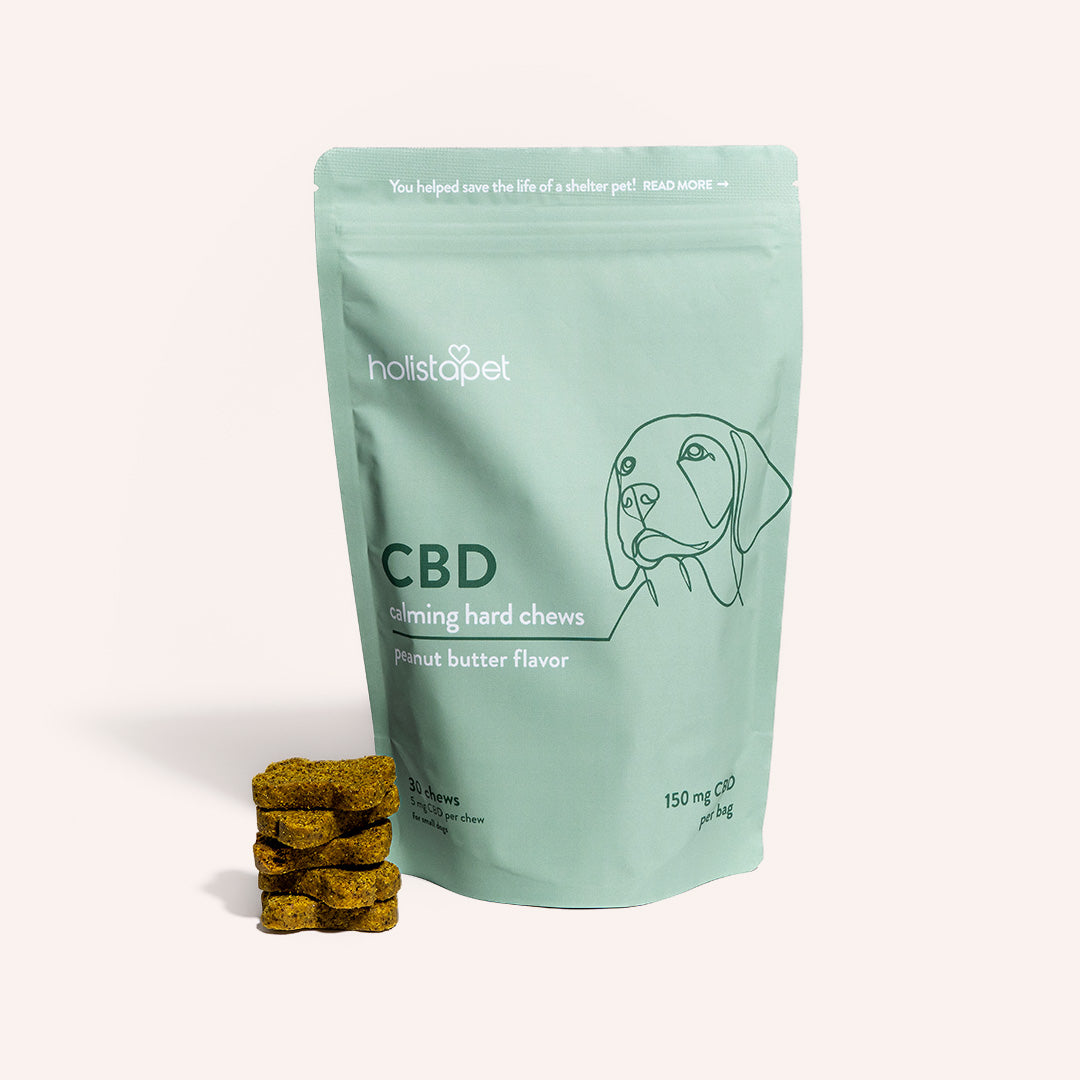
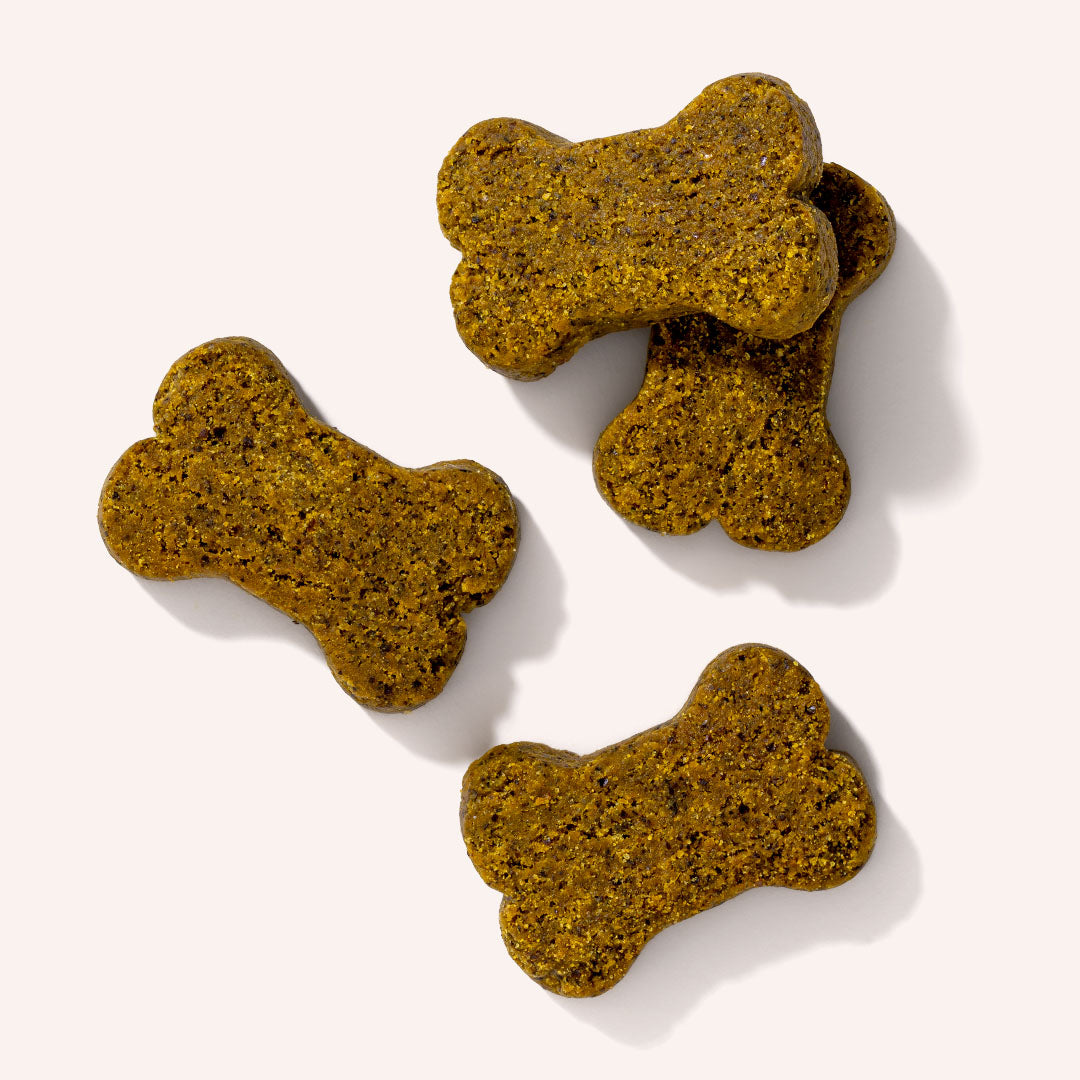
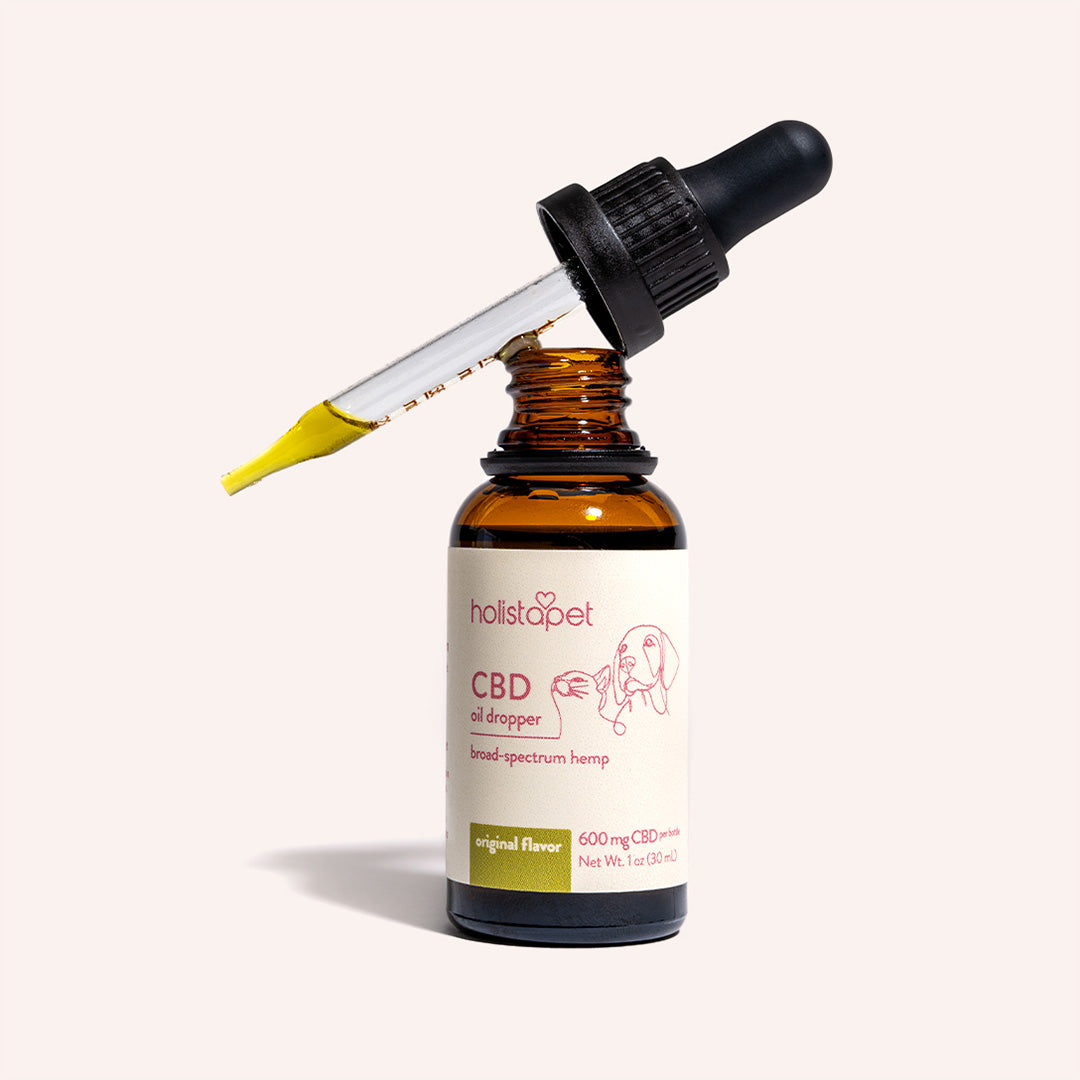
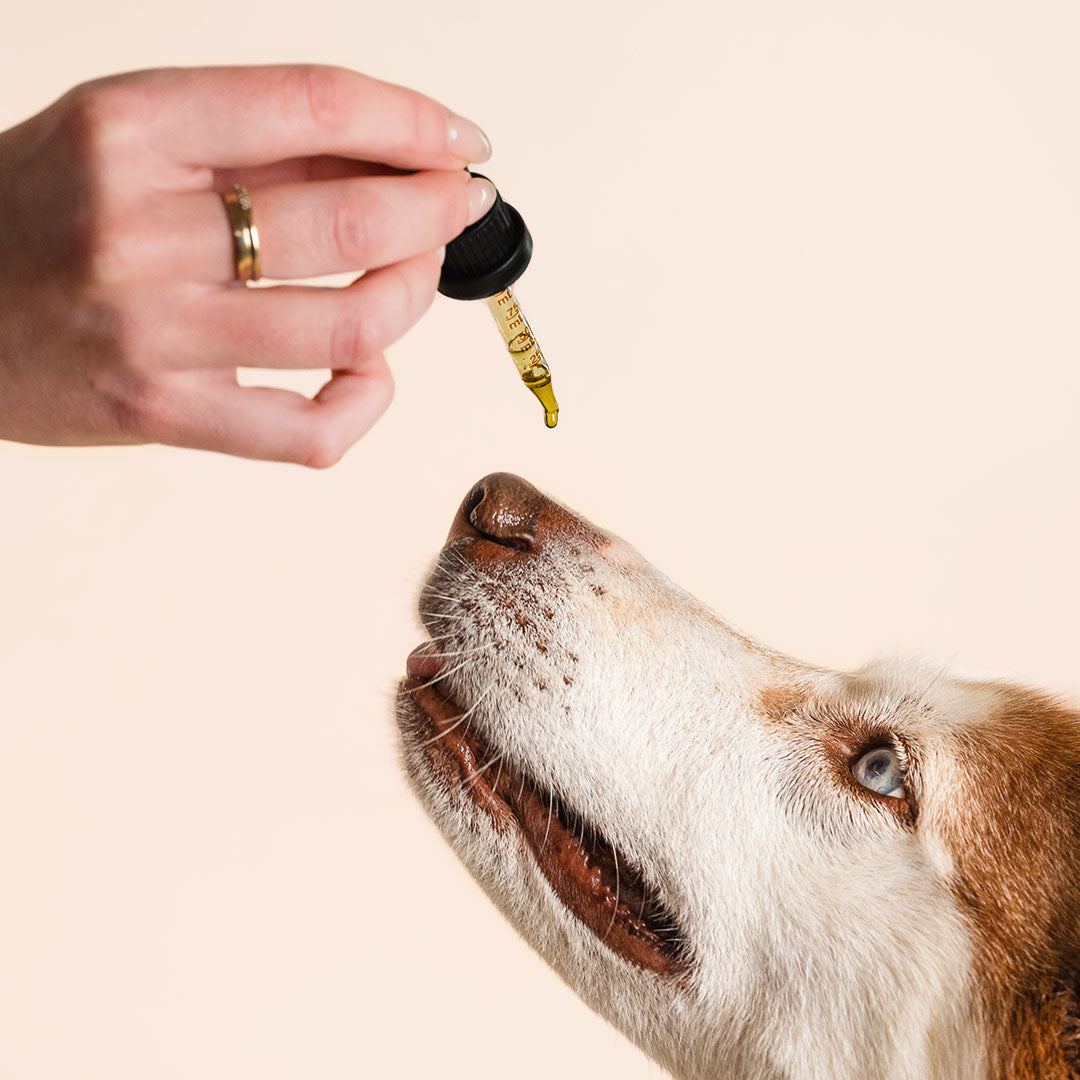


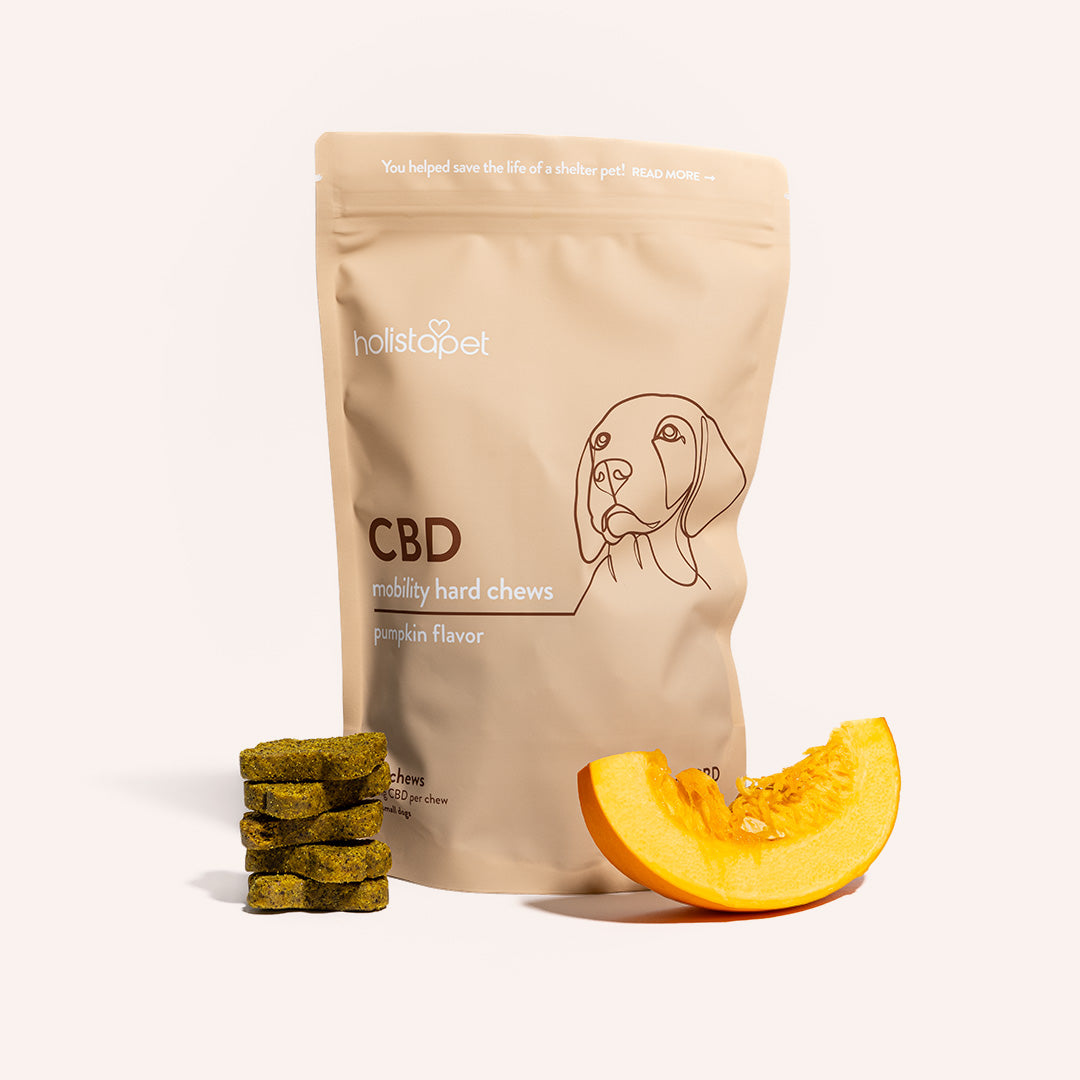
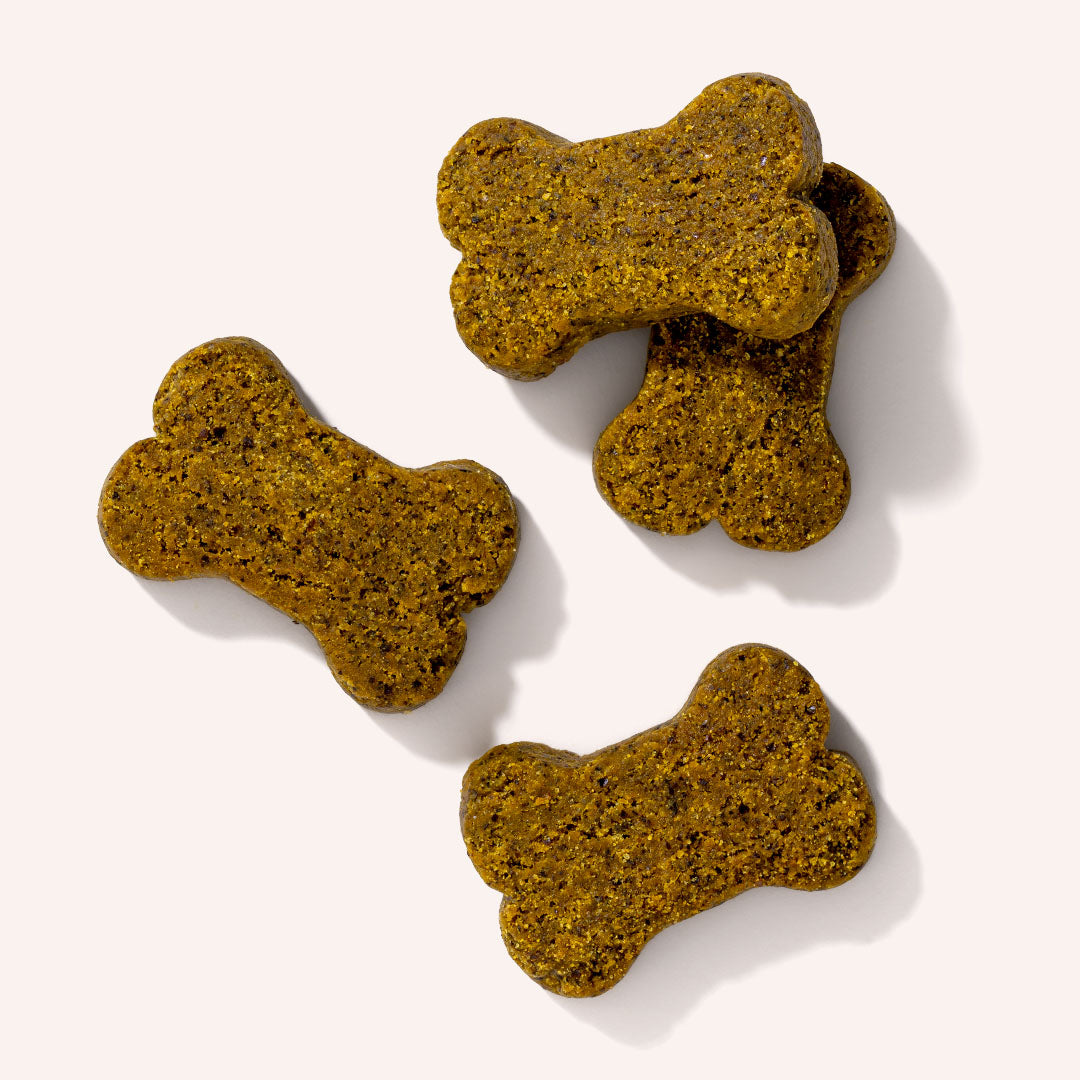
Leave a comment
All comments are moderated before being published.
This site is protected by hCaptcha and the hCaptcha Privacy Policy and Terms of Service apply.